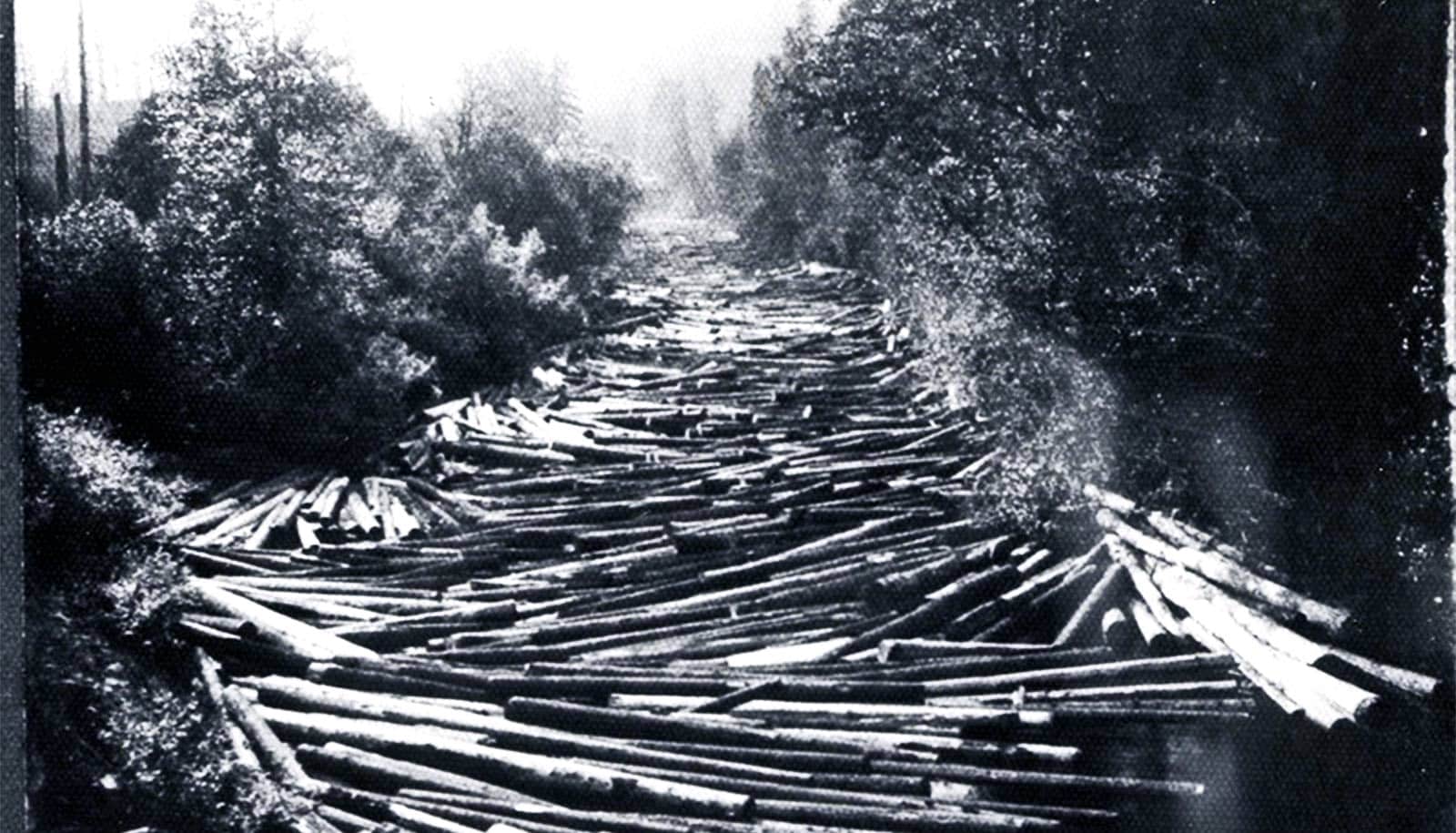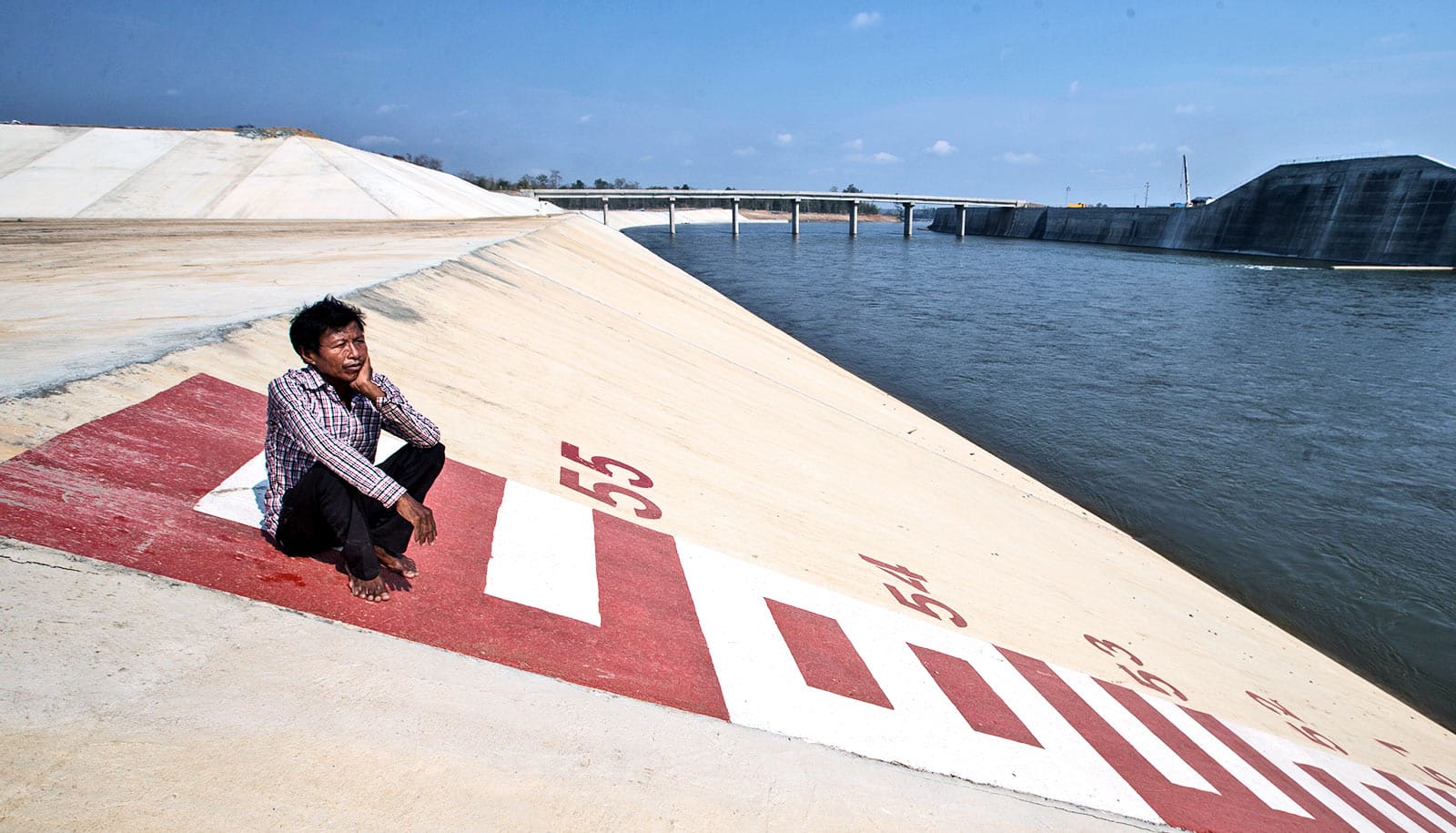The effects of logging show that human activity can significantly erode bedrock, causing geology to fast forward, according to new research.
Geologic time is supposed to be slow, and the most solid object should be bedrock. But the new study, which focuses on a picturesque river in central Washington state called the Teanaway River, upends both concepts.
“In the last century, we have more river incision in this area than expected. Something caused these rivers to start eroding a lot more,” says lead author Sarah Schanz, a postdoctoral researcher at Indiana University.
“We know the Teanaway River has eroded into bedrock before, naturally—it has some terraces that are 1,800 years old. But this current cycle is anthropogenic, or human-driven.”
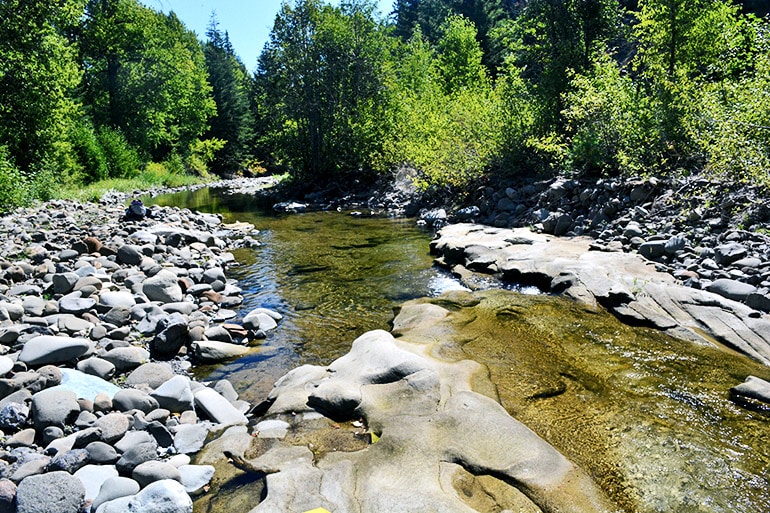
The research shows that practices related to logging caused bedrock incision of up to 2 meters (6 feet) along the riverbed. As much as a half of what had been a floodplain transformed into a new terrace abutting the river.
“This is the first time that we’ve been able to pinpoint erosion into bedrock due to human action,” Schanz says. “Most rivers are eroding at about a tenth of a millimeter per year. This is about 100 times that amount.”
The discovery means this beautiful riverbank resulted from human action, not natural forces. It could change how geologists think about landscapes in other parts of the world, such as Taiwan, with its long history of intense human activity.
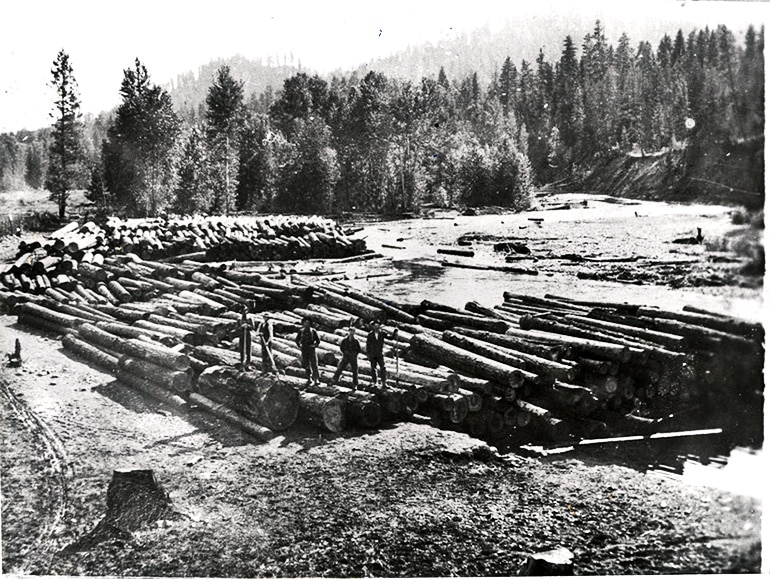
The study began 20 years ago when coauthor Brian Collins, a senior lecturer in river geology at the University of Washington, was curious about why there was so much exposed bedrock in the Teanaway.
Collins also noticed unusual river terraces, the stepped structures along the river bank resulting from cycles of the river flooding and then running more quickly, cutting a new channel deeper into the sediment. He led a 2016 study that calculated short-term changes in the Teanaway’s western fork and suggested logging may have caused the river to cut a new channel.
This site in a community forest offered good access for regular visits by the research team and undergraduate assistants to all three forks. By combining newspaper records, material from the University of Washington’s Libraries Special Collections, Central Washington University, and the local Kittitas County historical society, the researchers pieced together and confirmed the full history.
Before logging roads existed, companies built temporary “splash dams” high up on the slope with all the logs and then broke up the dam with tools or explosives. Released water helped send logs shooting down to the mills.
“It was such an event that schools closed, and newspaper records show it really well,” Schanz says. “People who are still alive today, some of their earliest memories are of going to see it.”
Key to the process is that loggers would clear away debris to give the logs a clear shot down the river. This removed barriers that held back sediment and cleared out much of the gravel from the riverbed. Such events, the authors believe, caused the erosion to change dramatically.
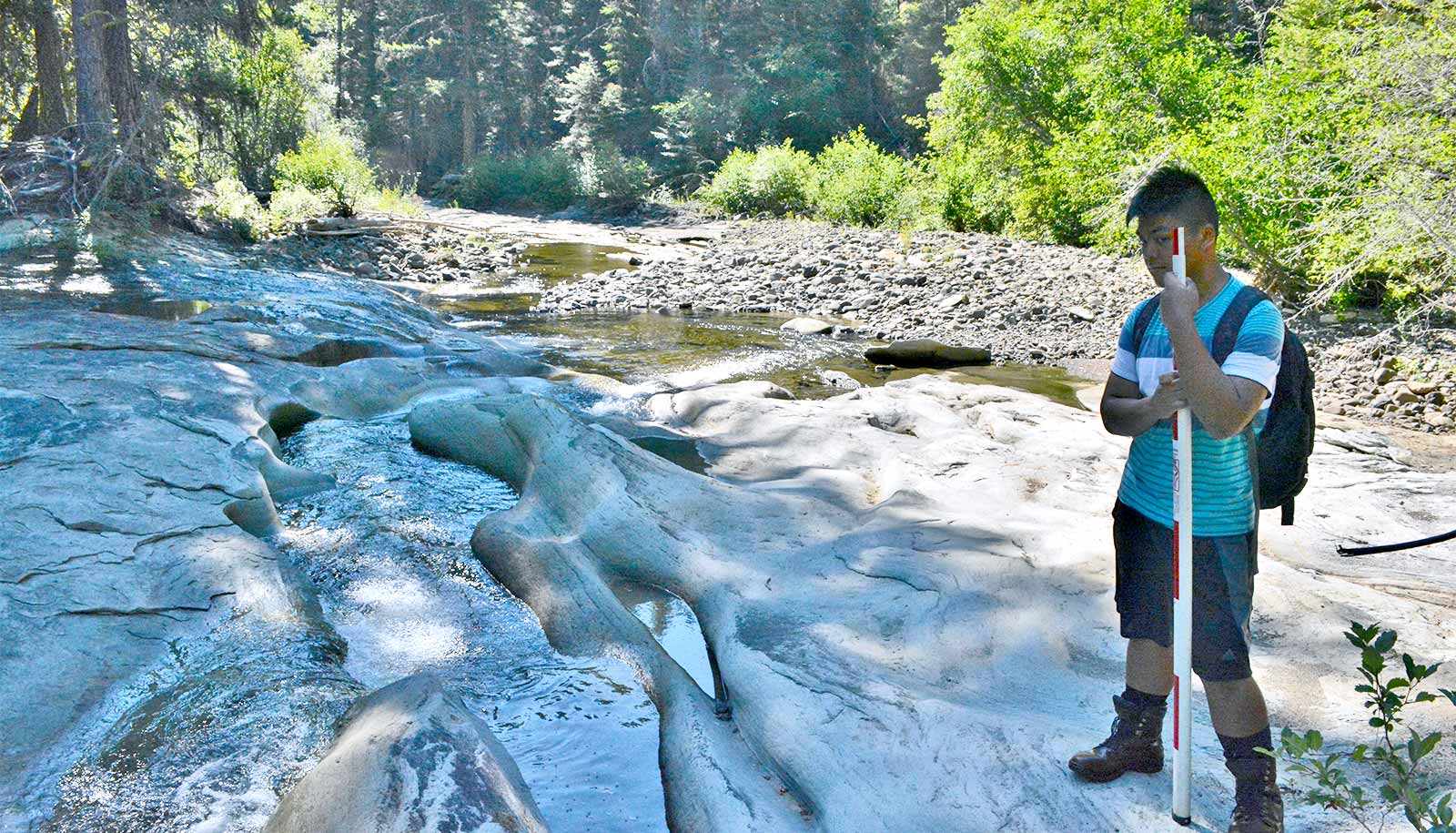
“If you have too much sediment, you’re basically protecting the river from erosion. But if you have not enough sediment, as that sediment is moving along, it starts to hit the bedrock and erode it,” Schanz says.
David Montgomery, a professor of earth and space sciences, and the other two coauthors used many techniques to analyze the four youngest terraces on the river’s edge, including LIDAR maps, carbon dating of rocks, and computer models. In 1999, the team even hammered nails into the bedrock and measured the erosion rates directly.
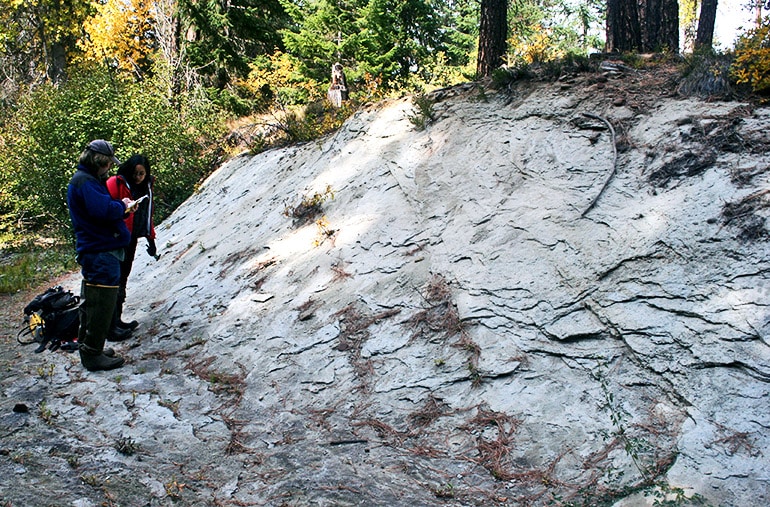
Many rivers, including the Teanaway, have individual features that show evidence of human impact on areas of bedrock. But this is the first time an entire river basin is found to have been transformed by human activity.
“This is a direct topographic signature of the Anthropocene, the ‘age of humans’ that we now live in,” Montgomery says. “The finding that terrace surfaces in the Teanaway are recently-abandoned floodplains suggests that similar landforms around the world may also reflect the influence of human activity.”
The team recently published an overview paper looking at where river terraces have formed worldwide over the past 4,000 years. The authors showed that in many cases, river terrace formation coincided with deforestation.
“It’s sort of a hand-wavey linkage at this point, but I think this could be prevalent worldwide,” says Schanz. “It’s just not a signal that we’ve known to look for before.”
Schanz also plans to explore what the finding means for how river canyons form through natural processes.
“I think the human part is really interesting, but what has broader implications, for me, is the proof that if you change how sediment moves through a river, you can change erosion rates,” Schanz says.
The study appears in the Proceedings of the National Academy of Sciences. The National Science Foundation funded the research.
Source: University of Washington
